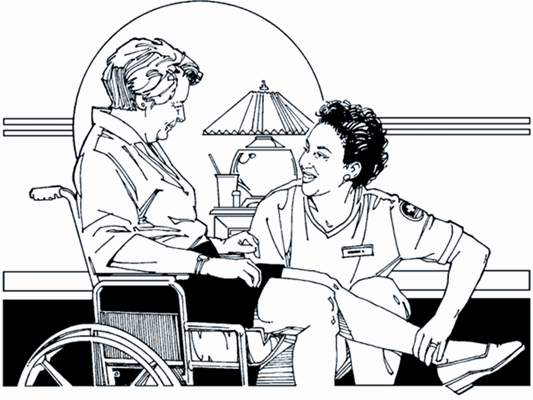Dr J Sivakumaran, COO, KMCH, Coimbatore elaborates on the benefits of patient centered care

In the healthcare environment often patients and their families/ friends are excluded from the decision making process. This results in leaving the patients in dark as how to manage the problems and get cured from the disease. Advancement in medical sciences and various newer technologies also distanced doctors from patients. A transition is needed by changing patients from a passive recipient of care to an active decision making member. The active involvement of patients and families is very important especially when there are different options available for curing a disease. When therapy is needed for early detection of breast cancer or prostate cancer or taking steps for lowering lipid profile in preventing heart diseases, the involvement of patients and acceptance of the treatment plan is very essential to yield better results. This will lead to better understanding of the risks by the patients and less conflicts with the service providers. The side effects and complications expected from each options need to be explained to the patients. The patients’ preferences and priorities need to be understood to choose a suitable option.
What is patient centric care?
Patient centred care is not disease centered, technology centered, physician centred, hospital centred or area centred. It provides health services from the patient point of view instead of hospital point of view. Patients will be made as part of the decision making process where more than one option is available. It is an art of running business with positive experience of the patients in mind. From a mere service provider’s role, the realisation of feeling part of patient’s life is the patient-centric approach. There are changing needs of patients from time to time. The process should be in a position to take care of them. It is the responsiveness to individual preferences, needs and values of patients in all clinical decisions. Many studies have shown that the patient-centric care improves the satisfaction of patients, quality of care and clinical outcomes along with reduced costs for healthcare. It does not mean a fixed set of guidelines but it is a flexible practice which will benefit patients and service providers with enhanced safety and quality. This approach is likely to reduce the anxiety and depression, while indirectly build trust and confidence on the doctors. Patient-centric approach: It is an approach in which doctors engage patients in a two way communication. The patients and families need to be helped for participating in clinical decisions. This will bring the doctor closer to the patient and develop bonding. Doctors need to give personalised care and customised drug therapy. When more than one doctor is taking care of a patient, there should be a coordinated effort to obtain patient satisfaction. Doctors need to consider patient’s level of literacy on health, understanding level and need to provide information suitably. With insufficient information from the Internet, many patients get confused about their health conditions and panics. It is the responsibility of the service provider to make the patient understand the real status by sharing the correct information and make the patient part of the decision making process. Patient-centric approach is a state of shared information, shared deliberation and shared mind.
Patient-centred approach does not end only with doctors. The security staff and the top management also have a role to play. If a patient-centred approach is to be made successful, three basic elements are needed. They are the patient, family who are interested in participating in the decision making process and professionally qualified healthcare provider who is willing to share information and educate the patient about his health condition and care plan. A well-established infrastructure which can coordinate and integrate the patient-centred system is needed for successfully implementation. The latest IT tools can play a major role in implementing the system. Patient-centric approach needs to be present from top to bottom of the organisation. The organisation leader is the person responsible to initiate the approach. It may not be successful, if implemented partially. Every member of the organisation needs to understand the importance of the approach and need to follow in their best way. This culture should be present across the organisation.
Challenges
In this competitive and tightly scheduled environment, it is doubtful whether doctors can spend much time with the patients to make them part of the decision making process. The acceptance and understanding level of patients to take up the essential role in the process needs to be looked into. The level of emotional support that can be extended to understand patients’ values and preferences is a challenge. Due to improper understanding of the various options given by the doctors, when something goes wrong, the patient or attendants can seek a legal assistance for getting relief. Training the members of the organisation right from the house keepers to the top managerial staff is a big challenge. The volume of training needed for various categories of the hospital employees and the rate of attrition that the industry facing is another challenge.
- Advertisement -



Comments are closed.